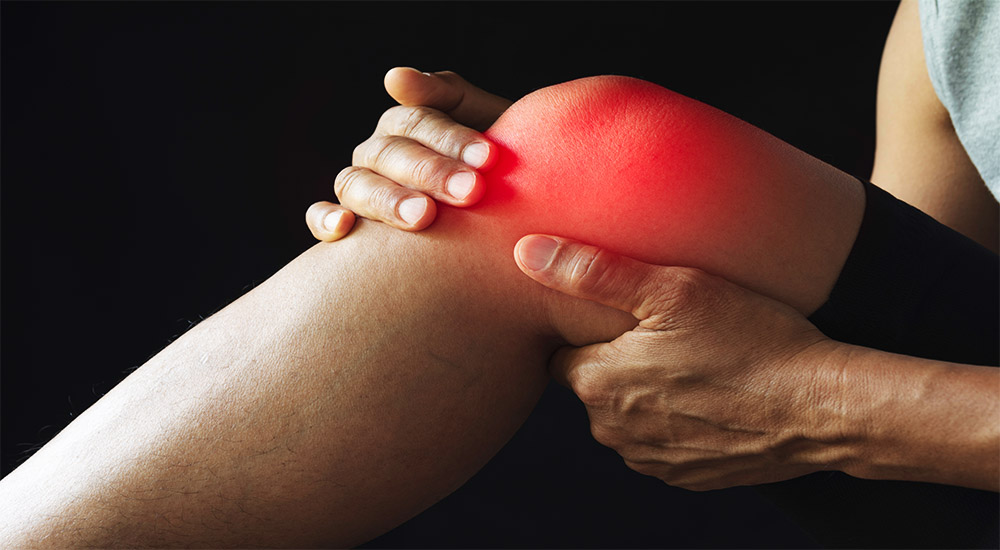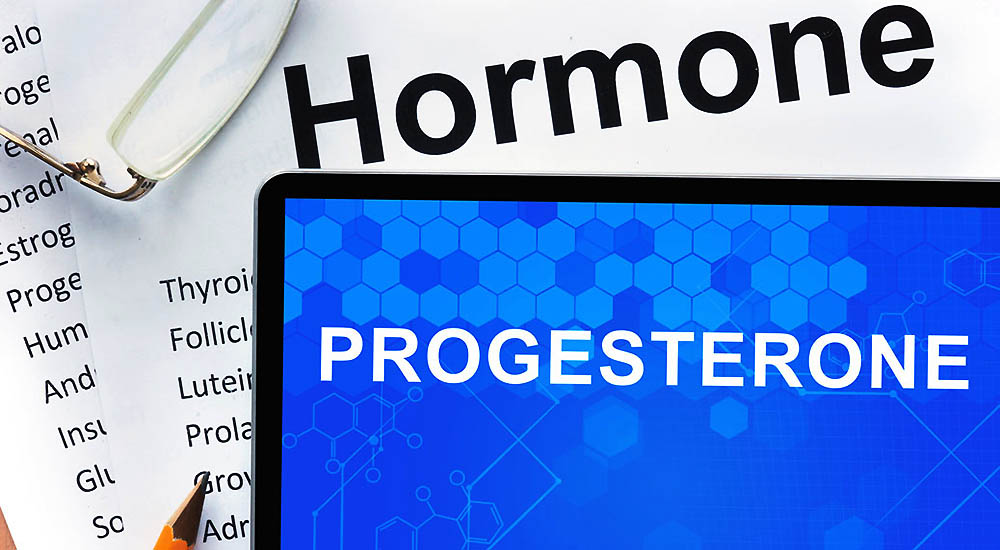Bad Knees? Physical Therapy has a Solution!

 Physical Therapy Works for Arthritic Knees
Physical Therapy Works for Arthritic Knees
Knee pain can be very debilitating. It can impact the way one walks, stands, sleeps, and sits. People will modify their lifestyle quite significantly to accommodate the pain. In fact, research has shown that most individuals will tolerate a very high level of knee pain before seeking out any help for it.
People will seek help for tooth pain, abdominal pain, and headaches before knee pain. Unfortunately, this delay means that the underlying root cause of knee pain is frequently neglected, during which time the cause continues to worsen. And that delay can potentially cause a point of no return for the knee.
There are different types of arthritis in the knee but degenerative, also known as osteoarthritis, is the most common. It erodes the covering on top of the bones where they form a joint. That covering is made of cartilage and is called articular cartilage. Why does the cartilage erode? There are several reasons ranging from excessive friction from a prior injury or poor posture to poor diet and nutrition to autoimmune diseases. But whatever the cause of the erosion, once it starts, it leads to other secondary problems.
One major problem is that the joint fluid tends to dry up, causing the bones to become closer together. Without the nice fluid buffer, the bones now hit and rub against each other with every movement. The nerve cells lining the joints get affected and that’s when the pain starts.
As the pain levels get worse, the body’s immune system goes into overdrive and the process of inflammation is initiated. Due to the inflammation, the knee joint swells up becomes red and warm, and even more, pain is generated. Stiffness and muscle guarding ensues and sometimes the patient limps when he walks.
Pain associated with going from a sitting to standing position is also common. Often the patient complains of hearing crunching sounds from the knee when walking, climbing stairs, etc. Most patients with knee pain begin treatment with taking pain medications prescribed by their doctor, along with utilizing hot and cold packs.
Some people may find some knee exercises from an online search or try walking as a strengthening strategy. Sadly, I have found that in most cases the treatments attempted are often a hodge-podge of home remedies and hearsay from others that lack the structure and accurate diagnosis of a successful treatment regimen.
As the pain gets worse and the ability to walk becomes affected, patients often visit orthopedic doctors. Xrays and MRI’s are then taken and, depending upon the extent of the erosion of the joint, the MD’s may inject cortisone or recommend a total knee replacement. A select few may recommend a trial with Physical Therapy, but it’s not typical.
Rarely have I seen a situation where a patient who didn’t respond successfully to a cortisone injection ultimately found that a knee replacement was the only successful option. In other words, there are many, many more successful remedies that can be performed besides drugs and surgery. Certainly, some people wait so long that surgery is the only alternative, but my point is that there is no need to have that occur. Much better to catch the problem in its infancy when the goal of conserving and protecting the original knee can still be achieved.
The fact is that nothing can take the place of a real knee, however, well-engineered and designed an artificial knee might be. Physical Therapy should be started right at the beginning stages of pain. A comprehensive evaluation by a Physical therapist should be able to diagnose the stage of erosion and the clinical problems associated with it.
When the knee pain is in its infancy, most patients feel it only when climbing up an incline, stairs, or trying to stand up from prolonged sitting. At other times, they are not bothered by it. But that in fact is the first stage of erosion. Upon close examination, the thigh muscles, called the quadriceps, are also beginning to lose strength in the early stages. The knee cap is often getting a little stiffer and I have noticed subtle changes in knee flexibility at this stage. As soon as such early changes are diagnosed, I immediately put the patient on very specific exercises and activities to stall the process of erosion. I also start them off on other manual mobilizations which are designed to keep the joint fluid at adequate levels. At home, the patients are asked to follow a specific walking protocol that complements the supervised Physical Therapy we deliver here at Root Cause.
When the patient comes in at the 2nd stage of degeneration, not only is the problem more significant, but the knee pain is also more severe. It has become more frequent, painful, and has typically started to impact almost all aspects of weight-bearing. Patients report that other people tell them that they are walking differently. The knee joint has lost even more flexibility in bending and straightening. I also find that the thigh muscles are weaker and have lost some of their bulk (size). In such instances, patients require more intensive manual therapy plus additional techniques called mobilizations and muscle releases. These techniques are designed to help improve blood circulation within the muscle fibers and rejuvenate them. Pain management is done with electrotherapy modalities and biofeedback techniques that help the muscle remember efficient contractions. I also work with patients on gait training with our pneumex machine and lastly, specific home exercises are encouraged.
Unfortunately, there are cases when the patient arrives who is at the end stages of erosion and the only way to deal with the problem completely is with a total knee replacement. Patients are very apprehensive about receiving such a major surgical procedure and in most instances have done a lot of research themselves. I find that while they have researched the procedure itself quite well, they do not know how to prepare for it nor what to expect post-surgery.
As an example, the latest studies have shown that those patients who have exercised their knee and kept their muscles strong pre-surgery have almost 90% complete recovery as compared to their ‘out of shape’ counterparts who fare far less well – approximately 60% recovery rate.
Therefore, I begin all my pre-surgery patients on a regular routine of strengthening. The patients who follow this program tend to be quite happy with their results and we typically find that their post-surgical rehabilitation occurs faster and more successfully as well.
Treating knee arthritis may appear like a daunting task but I find that careful evaluation coupled with a specific, goal-oriented program results in excellent success rates.
Do you need help with your health?
We have the diagnostic and testing tools, the clinical experience, and a different medical approach to discovering the root cause of why you have the symptoms that are bothering you. As long as you are ready to make some dietary and lifestyle changes, we can help you. We will "hold your hand" through the changes, step by step, to make each step an easy one. We are located in Clearwater, FL, at 1000 S Ft Harrison, at the corner of Ft. Harrison Ave. and Magnolia St. There is plenty of parking space directly accessible from Ft Harrison. If it is not convenient for you to come to Root Cause Medical Clinic, we offer telehealth/telemedicine consultations to residents of certain states. Call us for details.
Contact us for a Consultation – Call 727-335-0400

Dr. Vikki Petersen DC. CCN
Founder of Root Cause Medical Clinic
Certified Functional Medicine Practitioner
Dr Vikki Petersen is a public speaker, author of two books, several eBooks and creates cutting edge content for her YouTube community. Dr Vikki is committed to bringing Root Cause Medicine and its unique approach to restoring health naturally to the world.
Ask a Doctor
Have a health concern you'd like to speak with a doctor about? Or just want clarity on a subject? Ask Us!

 Physical Therapy
Physical Therapy 
